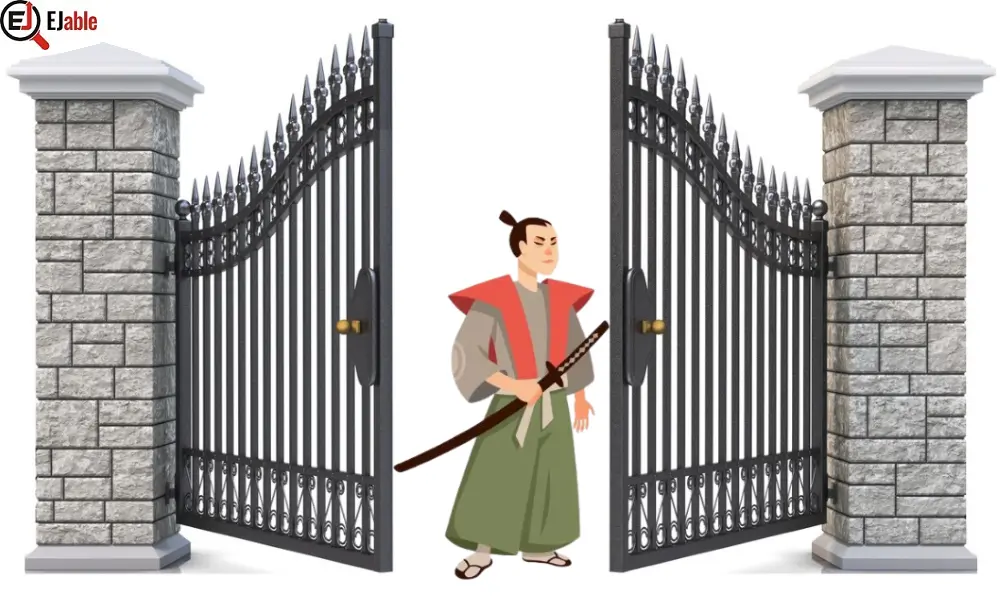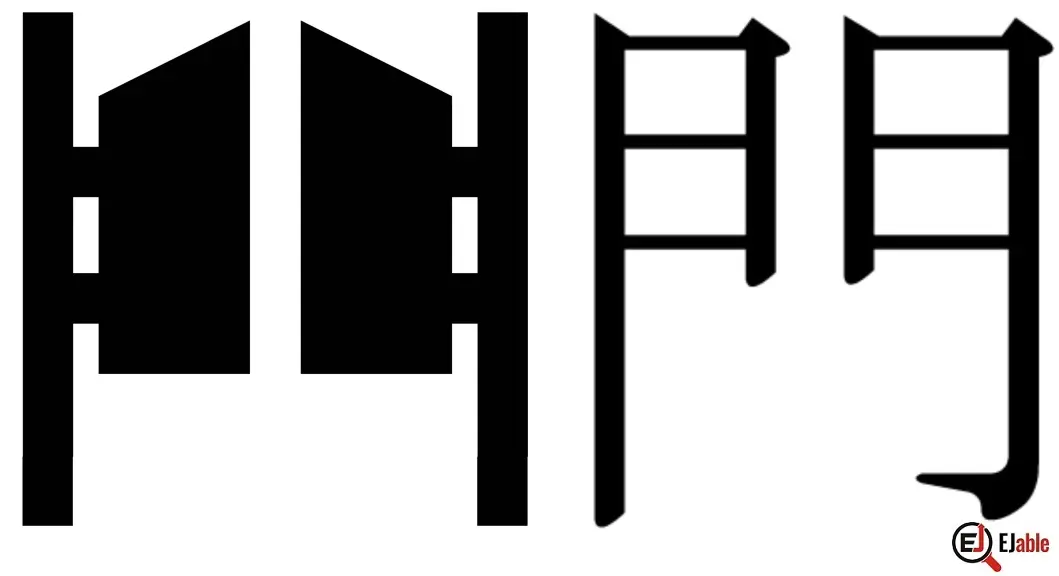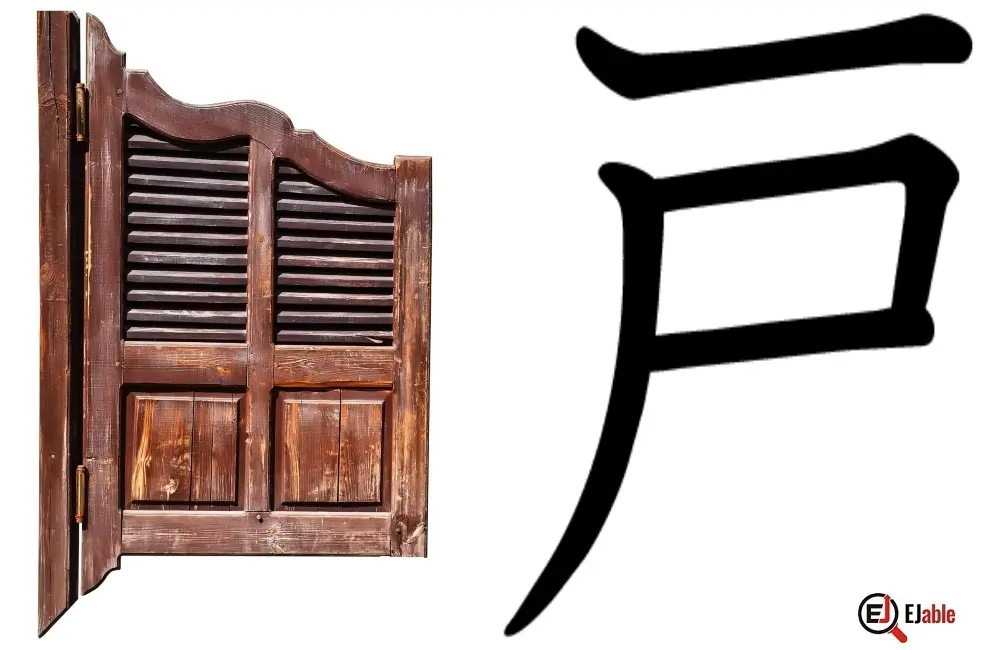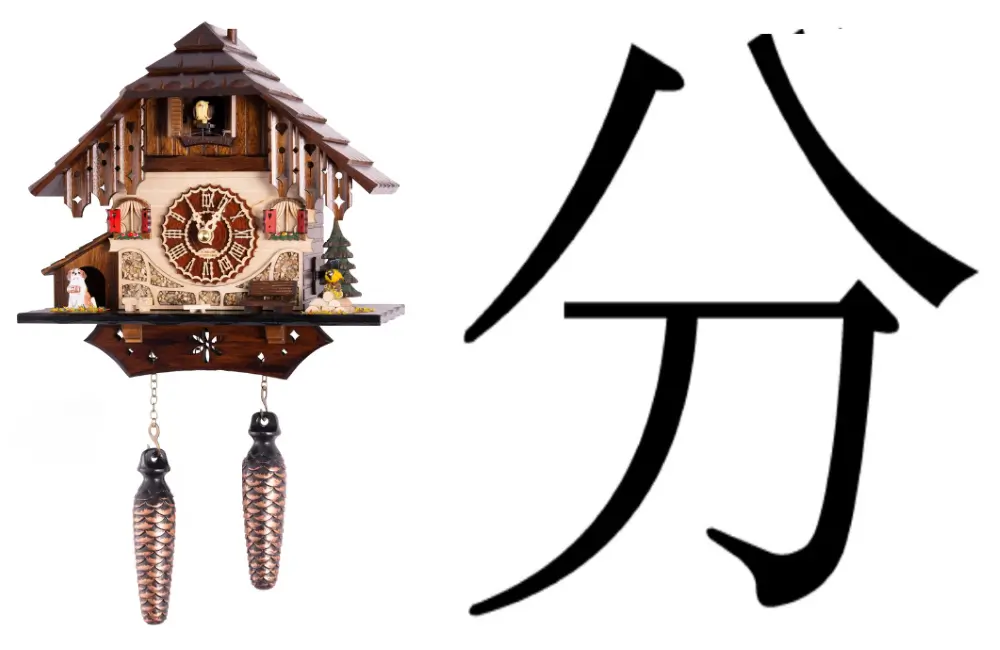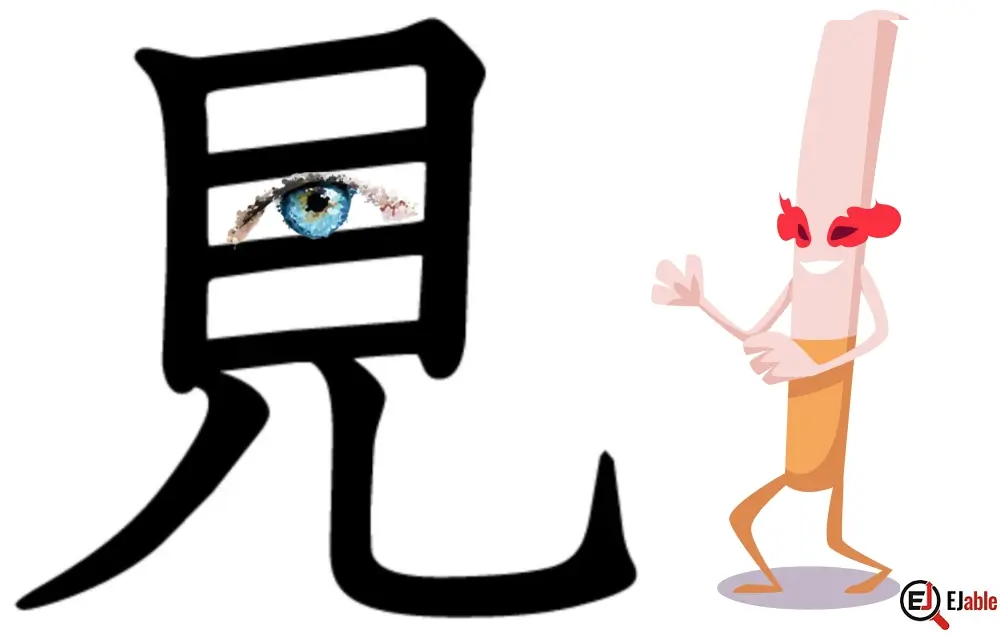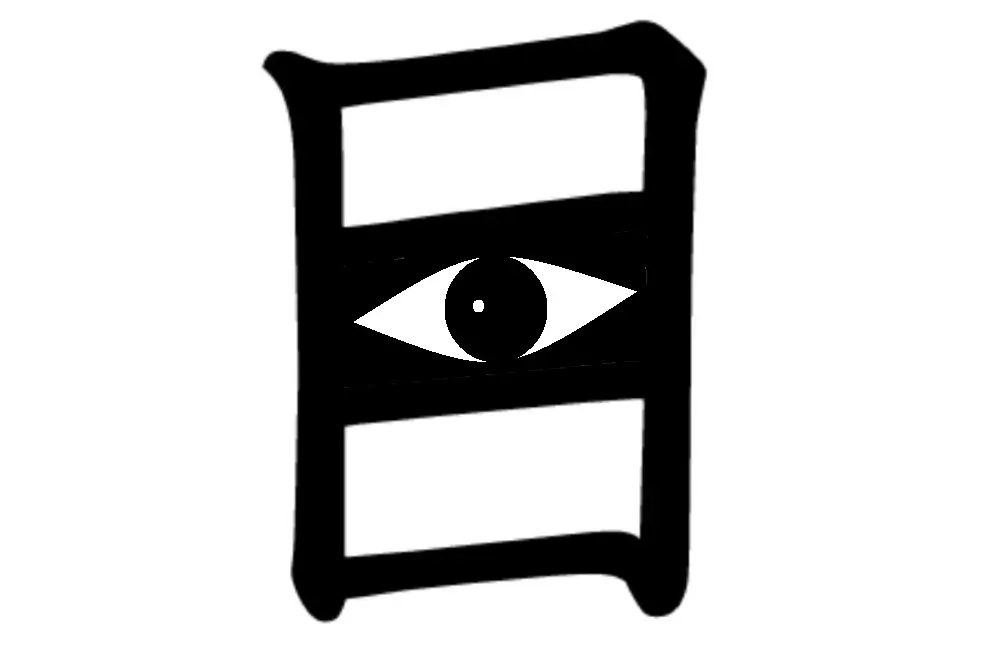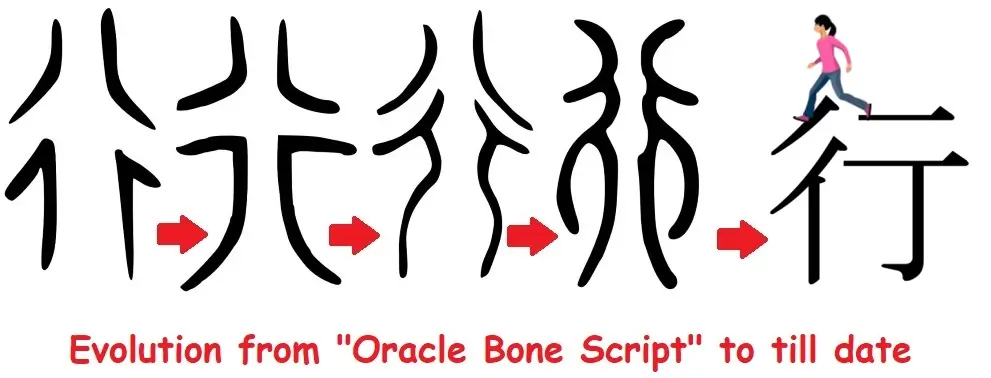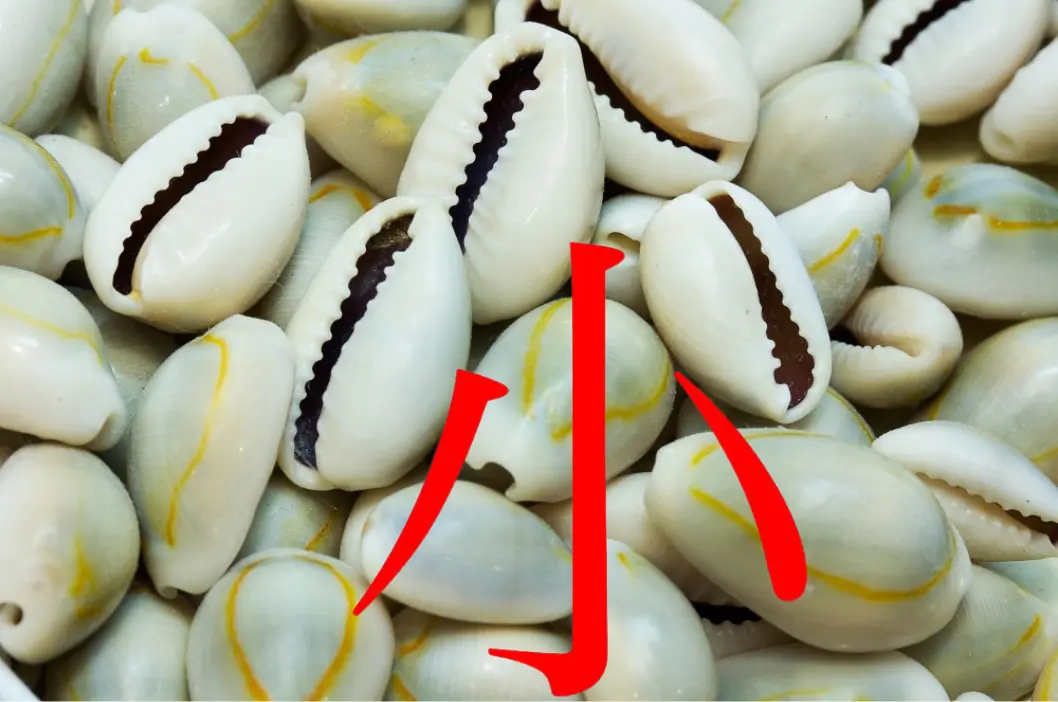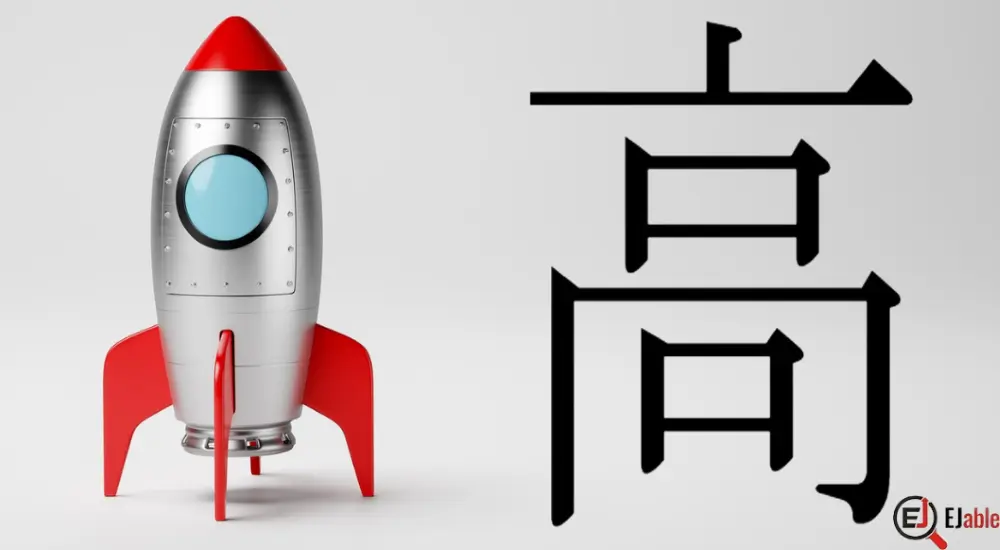Kanji for “Closed” and “To Close”: 閉 (to-jiru / shi-meru)
The Japanese kanji for “Close” (“shut”) or “to close” is 閉. The kun’yomi (Japanese reading) pronunciation of the Kanji 閉 is “to” (と), as in words “to-jiru” (と-じる) “to-zasu” (と-ざす) “shi-meru” (し-める). The on’yomi (Chinese reading) pronunciation of 閉 is “hei” (ヘイ). 閉 is used in 58 Japanese names, and in names, it is pronounced as “he” (ヘ). The Kanji
Continue reading
